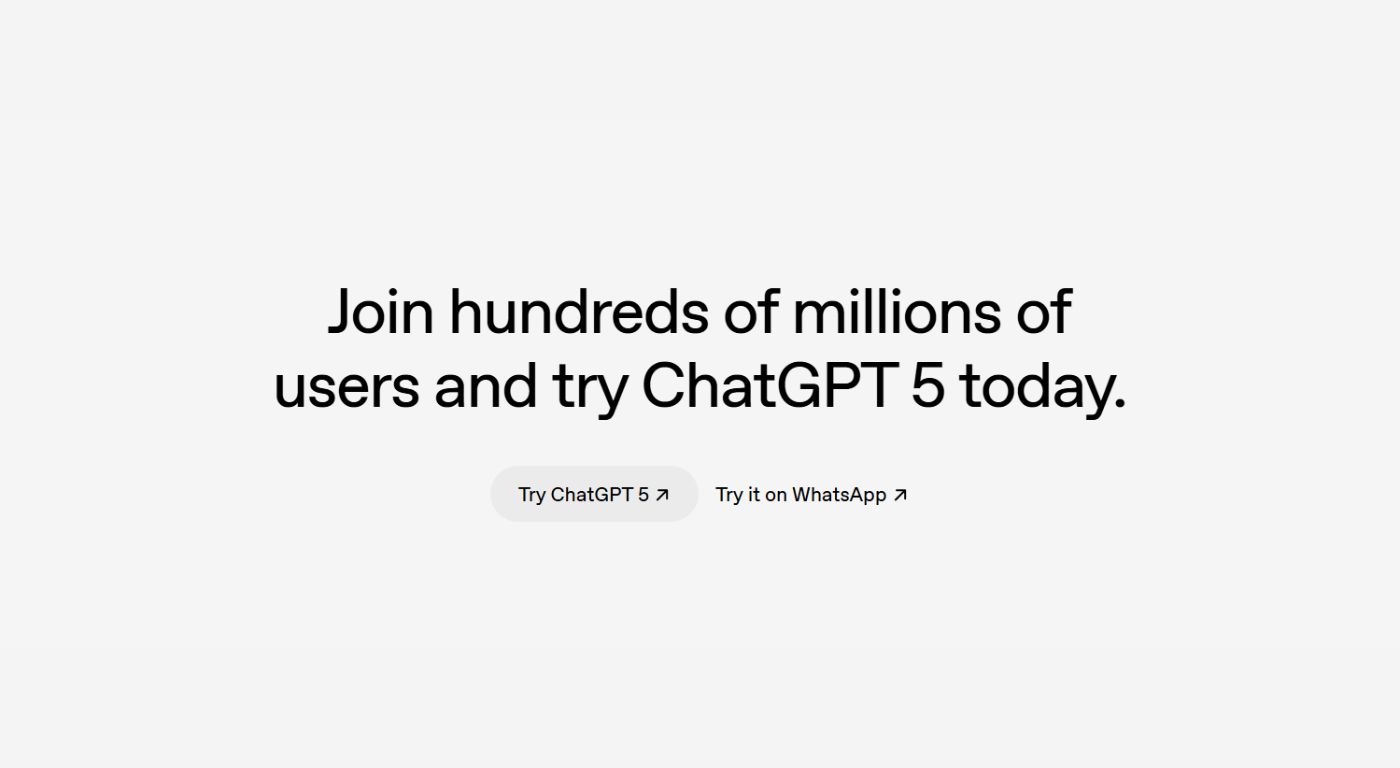Imagine sitting down to sip your morning chai with the AI world flashing a just-dropped bombshell: OpenAI is going to fling open the gates to its fortress with an open-source GPT model for the first time.
Yes, you heard that right; after so many years hiding GPT-3.5 and GPT-4 behind reinforced walls, the folks behind ChatGPT would suddenly pour the blueprints in your hand.
The Big Announcement
OpenAI is gearing up to launch a new open-weight model, possibly in late August.
Think of it as a friendly “mini-GPT “- smaller than GPT-4 but still quite potent in its reasoning ability.
It’s an invitation to developers, researchers, and tinkerers to come into the playground without giving away the crown jewels.
Why It Matters?
Since GPT-2 back in 2019, this will be the very first time OpenAI has publicly released model weights.
This is a significant development, as open-source models are becoming more intelligent, faster, and more competitive in the current scenario.
Open-source models guarantee privacy, flexibility, and community-led innovation that Big Tech closed gardens cannot always promise.
OpenAI’s move is an excellent response to the open-source fever that has gained significant momentum.
If you cannot outdo the crowd, you should join it-or at least give it a taste of your secret recipe.
What’s in the Mystery Model?
OpenAI did not provide any detailed information about it, but leaks suggest two varieties: one with around 20 billion parameters and another with almost 120 billion.
Meaning it will not try to outmuscle GPT-4, but it will have enough brain to do serious reasoning, create useful tools, and goof around.
It is not Big Daddy, but it can undoubtedly be one of the cunning dukes of Generative AI.
Bigger Picture: GPT-5 Is Landing
Meanwhile, right around the corner stands GPT-5, predicted to land early or late in August; it looks to be smarter, faster, and more capable in aspects of complex reasoning, handling code, images, even audio, and such.
It might send one-liner queries to fast mini-models and then crank up the juice for full-brain mode on the complicated ones.
Yet, GPT-5 won’t ever open; it is behind a velvet rope.
So, considered from this standpoint, the new open model is more like a public preview: A smaller, shareable cousin to the big, powerful one that’s coming.
Basically, it’s as if OpenAI is keeping the main door shut, but occasionally opening a window or two.
Soon enough, there will be the whole beast called GPT-5, and in the meantime, here we are with a little open-source model to tinker with.
Any tech person, intrigued creator, or someone who likes cool tools should rejoice in this.
